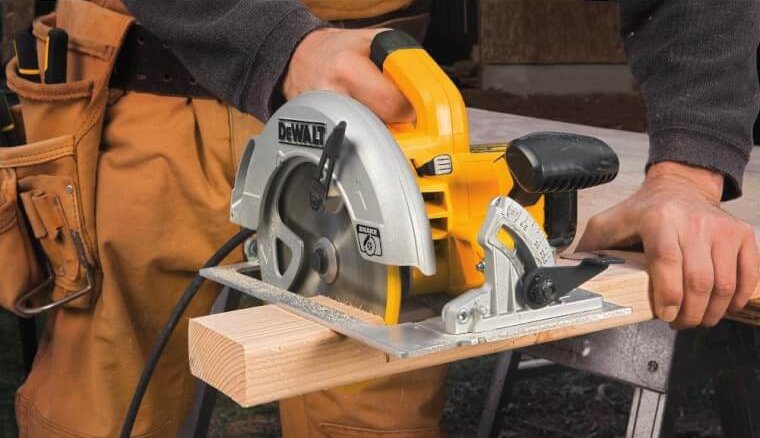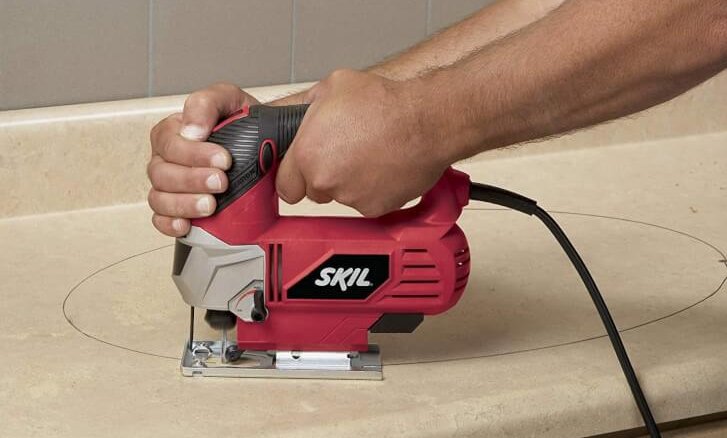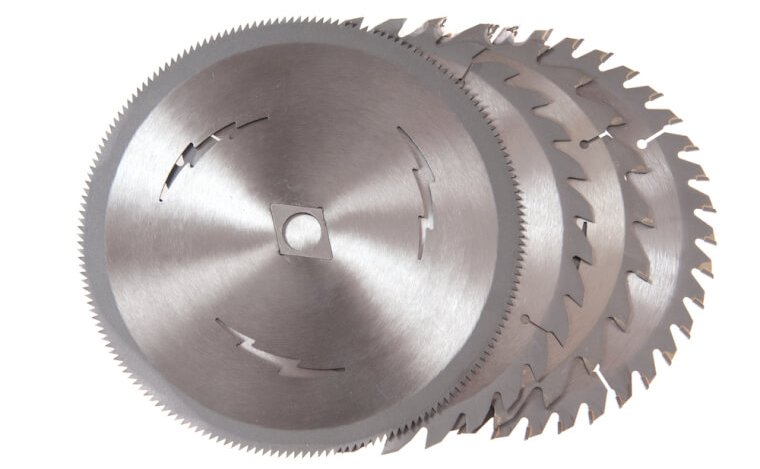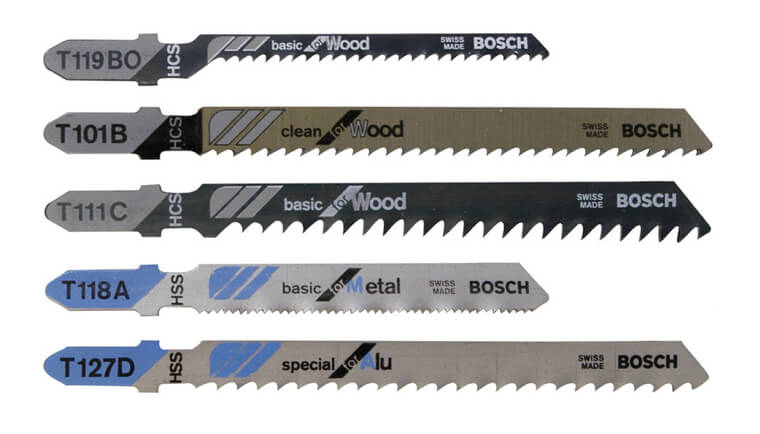Circular saw or jigsaw, which one do you need? The answer to this question is a lot easier than you may think. The reality is, they are two very different saws meant for very different jobs.
The right tool for the job is vital, which is why you must fully understand the unique traits these saws offer. The following guide will break down the differences between a circular saw and a jigsaw as clear as possible to help you decide which one is right for you.
A quick comparison
Here’s a typical comparison of both saws:
| Circular Saw | Jigsaw | |
| Used For | Quick straight cuts & rough framing cuts | Intricate straight & curved cuts |
| Cut Types | Crosscuts, rip downs, miter & bevel cuts | Custom shapes, cut-outs, straight cuts |
| Speed | Fast | Slow |
| Materials | Soft & hardwoods, drywall, soft metals, plastic & masonry | Soft & hardwoods, drywall, mild metals, plastics, pipes & tiles |
| Price Range | $50 to $250 | $40 to $150 |
What they’re used for & the types of cuts they make
Circular saw

A circular saw is usually used when you need to make quick and accurate straight line cuts. Sidewinder and worm drive saws are both popular and they are great at ripping through tougher and thicker materials. They predominantly are used during woodworking projects for:
- Straight ripping and crosscutting
- Cutting sheet material like plywood and MDF
- Framing – using a worm drive saw
- Grooving (with repetitive cuts)
- Bevel work (if the saw has the ability to angle the blade)
Jigsaw

A jigsaw is more of a versatile saw and very useful when you need to make a specific shape cut for your project. They are also capable of making straight, plunge and bevel cuts. They are also handy when making cuts in hard to reach areas. General uses include:
- Cut custom shapes
- Cutouts
- Multi materials with different blade types such as drywall, metals & plastics.
- Cutting pipes as well as other irregular shaped objects
What types of materials can they cut?
Circular saw
Circular saws are primarily used to cut various types of wood from soft to hard. Some of these include:
- Softwoods
- Hardwoods
- Oak
- Pine
- Plywood
- Chipboard
- MDF Sheets
- Timber
While they are usually used to cut woods, they are also capable of cutting many other materials with the right blade. These can include:
- Masonry (not recommended for continuous use)
- Ceramic tiles
- Plastics
- Drywall
- Soft metals (not recommended for continuous use)
Jigsaw
With the variety of blades on offer for jigsaws, they can cut many types of material. These include:
- Most mild metals – sheet metal, nails, bolts, hinges, and galvanized / copper pipes.
- Woods – laminate, various soft & hardwoods
- Ceramic tiles
- Plastic
- Drywall
What’s the difference between the blades they take?
Circular Saw

Circular saws use a circular blade with a teethed edge. When choosing the blade, you must consider the type of material you intend to cut and the finish you want. For example, blades with very few large teeth will leave behind a rougher finish whereas a blade with many more offset teeth will produce a cleaner cut.
Circular saw blade types include:
- Ripsaw Blade – Rips through soft and hardwood leaving behind a rough finish
- Fine Tooth – Laminated board and chipboard
- Chisel Tooth – Standard blade for sawing soft and hardwood
- Carbide-tipped – Cuts all materials leaving behind a fine finish
- Pointed Tooth – Designed for cross-cutting timber, decent finish
Jigsaw

The blades used in jigsaws are straight and narrow, very different to the large circular blades used in circular saws. They cut through materials using a reciprocating or back and forth motion.
There are many types of blade available for jigsaws, each optimized to cut a certain type of material. Typically, the blades used for straight cuts are marginally wider than those used for curved cuts.
Blades are often rated by their ‘teeth per inch’. Blades with lower teeth per inch score are best for rough cuts on softer materials. Higher teeth per inch blades should be used on harder materials to produce a fine cut. They will also cut slower than blades with fewer teeth per inch.
Differences in cost
As far as the saw goes, a jigsaw is generally lower in price and you get the best bang for your buck when you go with a corded option. You can expect to pay around $50 – $80 for a good one. Cordless jigsaws will cost more in the range of $100+.
Circular saws are affordable, again, the corded models will provide the value for money. Expect to pay around $70 – $120 for a decent one. Cordless circular saws have come along way and are now just as powerful as the corded models. Of course, this comes at a cost, with the latest models costing around $250 mark.
You also need to take into account the added cost of extra blades. Circular saw blades are much more reliable and you will only need a couple. On the other hand, jigsaw blades are very fragile and they will break, no matter how careful you are. Depending on your level of use, buying several extra blades will add up.
Which one should you buy?
Although there is a slight overlap, these are two very different saws intended for different purposes. Your decision ultimately comes down to the type of cut you intend to perform.
Buying a jigsaw is an obvious choice if you’ll need to make any type of curved cut. Even for quick straight cuts on smaller pieces of material, a jigsaw is a good option. But, if you intend to work on larger projects that require ripping through thicker material, go with a circular saw.
Reader Interactions